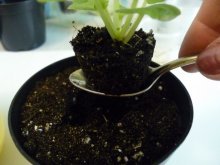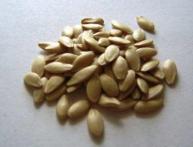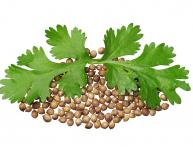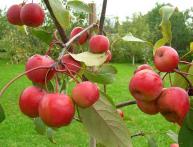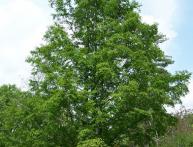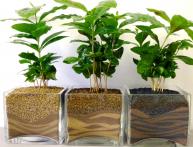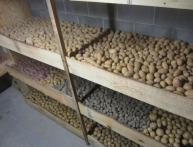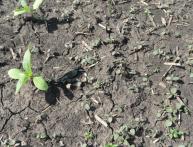What kind of soil is needed for violets, chemical and mechanical composition
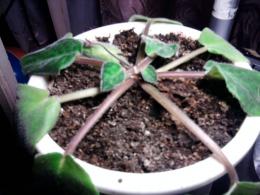
Elegant violets are attractive to most gardeners for their bright flowers, ease of propagation, and small size. For successful cultivation, light, watering, temperature and, of course, soil for violets are important; its composition will be discussed below. For violets Two important soil factors are of particular importance: chemical composition and mechanical composition.
Content:
- Chemical composition and acidity of soil for violets
- Main components of soil for violets
- DIY soil for violets
Chemical composition and acidity of soil for violets
Everyone knows the concept of acidity from a school chemistry course. This indicator is very important for growing violets. These plants do well in slightly acidic soils. They do not tolerate either soil with a pH significantly less than 7.0 or highly alkaline soil with a pH greater than 7.0. The optimal acidity index should be no less than 6.0 and no more than 6.5.
If the soil is highly acidic or highly alkaline, the plant’s absorption of mineral and organic substances is impaired, growth slows down, and even the color of the leaves changes. If the soil pH is 4.5, then even with sufficient nitrogen and phosphorus content, their absorption stops.
Nitrogen-phosphorus starvation occurs. The buds fall off without opening. Detrimental to the flower and prolonged stay in soil with a pH greater than 8.5,
Important! Some varieties of violets need acidic soil for brighter flower colors.If the soil is very acidic, the young leaves will curl. In an alkaline environment, the leaf blades lose color, turn pale, and the tips of the leaves turn brown.
You can check the acidity of the soil for violets using a special device or the following traditional methods:
- take a small amount soil
- divide the soil into two parts
- place in a glass or ceramic dish
- moisten the soil
- drop vinegar - if the soil begins to hiss, then its reaction is alkaline
- sprinkle the soil with soda - if the release of gas bubbles begins, then the soil is acidic;
- if there is no reaction, then the soil is neutral
At home, you can lower the acidity with dolomite flour, and increase it by adding peat. The following chemical compounds must be present in the soil:
- nitrogenous substances
- potassium salts
- phosphorus compounds
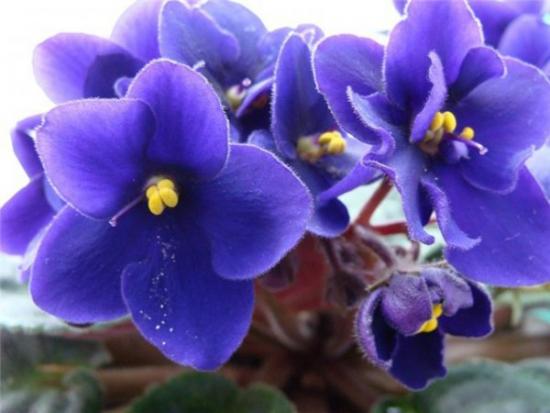
Flowers cannot do without macro- and microelements:
- gland
- calcium
- boron
- chlorine
- sulfur
- zinc
- molybdenum
When acidity changes, absorption is primarily disrupted:
- nitrogen - leaves lighten
- phosphorus - buds do not appear, growth stops, leaf color changes
- potassium - the phenomenon of leaf chlorosis and dying of the edges of leaf blades is observed
Acidity and chemical composition soil is not a constant value. They may change over time. Therefore, any change in leaf shape, color, slower growth and lack of flowers should be a reason to check the acidity. In addition to the chemical composition, the mechanical characteristics of the soil also affect the growth of violets.
Main components of soil for violets
The soil mixture for violets should have the following properties:
- moisture permeability
- breathability
- ease
- looseness
The basis of the soil can be the earth:
- leafy, it is harvested under deciduous trees and shrubs
- turf, harvested in areas where perennial grasses grow
High-moor peat and coniferous soil are used as filler, which is harvested under coniferous trees after removing the top layer of pine needles. To add soil additives:
- Vermite is a special hydromica that provides moisture retention up to 500%
- perlite - granular granules of silica, can be used instead of sand
- charcoal - fine and coarse fractions, regulates humidity and adsorbs unwanted substances
- sand - acts as a leavening agent
- expanded clay - it is suitable for creating a drainage layer
Video on how to create a soil mixture for violets:
In addition to the above components, in some cases you can take sphagnum moss and coconut fiber. Despite the fact that the retail chain offers a very large assortment of ready-made mixtures for violets, it is possible, and sometimes necessary, to compose the soil mixture yourself.
DIY soil for violets
Many gardeners, who do not trust ready-made mixtures, purchase the necessary ingredients in specialized stores and prepare the soil for violets with their own hands.
Mixture for violets No. 1
- leaf soil 1 tsp.
- peat 2 hours
- charcoal 1/2 tsp.
- moss 1/2 tsp
Mixture for violets No. 2
- turf land 1 tsp.
- peat 3 hours
- vermiculite 1 tsp.
- charcoal 1/2 tsp
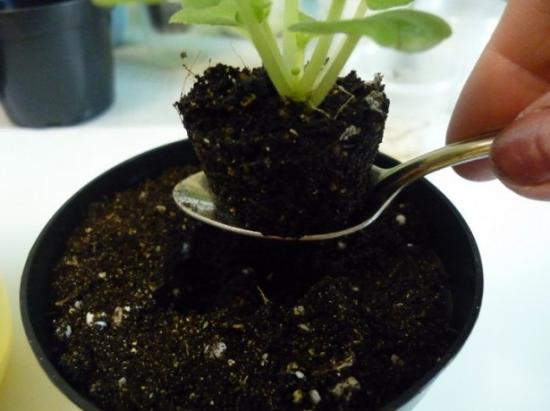
When preparing the mixture yourself, it is important to take measures to disinfect those parts and components in which pathogenic microorganisms easily settle and multiply. This is primarily earth, peat and moss. Growing violets in small pots, we must not forget that the soil in them is depleted very quickly and replant flowers in a timely manner.


